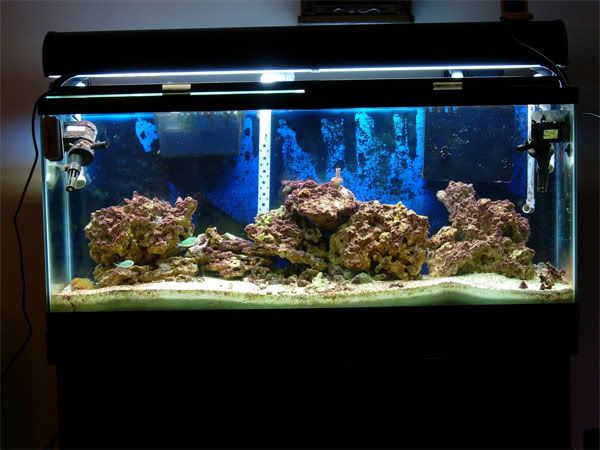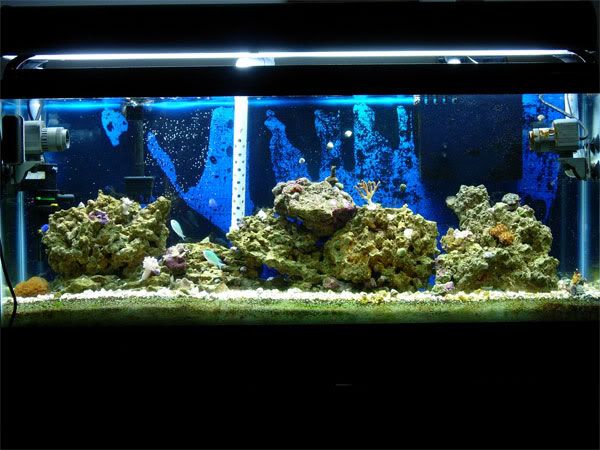Cyano is not an easy thing to combat. My first suggestion would have been to use RO/DI water, but you already have that. Then, I'd suggest the use of snails, but you got those as well.
Basically, I am at a loss of words. You may want to get a phosphate sponge in order to get those phosphates lower, the lower, the better.
Do you test your alkalinity, what is the reading?





 Reply With Quote
Reply With Quote







 to TR
to TR 






 icon under there name and give them Reputation points
icon under there name and give them Reputation points



 ****
****
Bookmarks